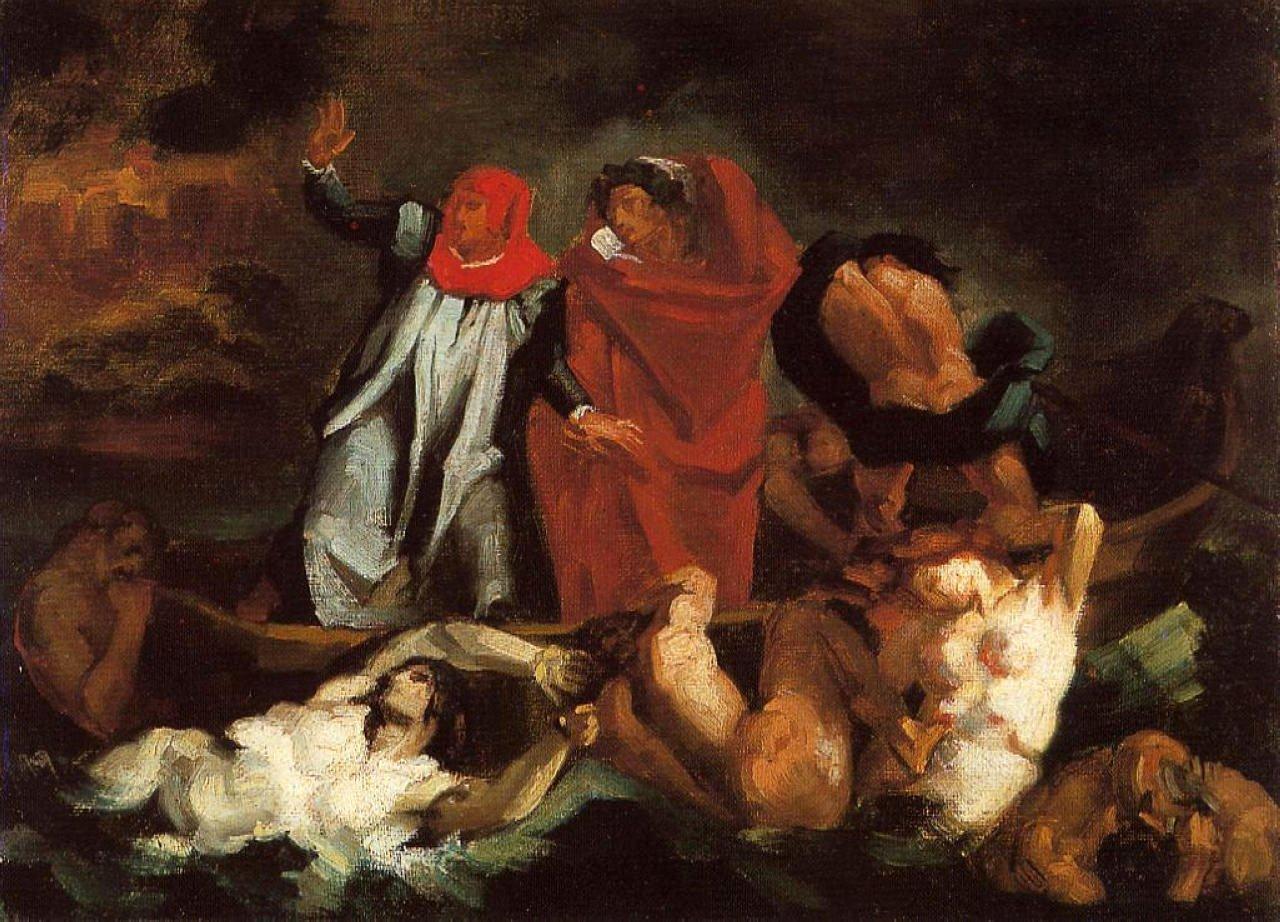Description
The Barque Of Dante, After Delacroix by Paul Cezanne is a masterpiece that has captivated art lovers since its creation in 1866. This painting is a reinterpretation of Eugene Delacroix's original work, The Barque Of Dante, depicting the Italian poet Dante Alighieri's journey through Hell.
Cezanne, one of the fathers of modern art, took Delacroix's work and transformed it into his own artistic style. The composition of the painting is impressive, with a boat sliding down a dark and mysterious river, surrounded by rocks and trees. The figure of Dante is in the center of the boat, with his hand resting on his chin, contemplating the landscape that surrounds him.
The use of color in Dante's Boat, After Delacroix is another outstanding aspect of the work. Cezanne used a palette of bright and vibrant colors, which contrast with the darkness of the landscape. Red, yellow and green tones blend into the painting, creating a sense of movement and life.
The story behind the painting is also fascinating. Cezanne created this work at a time when he was experimenting with different artistic styles and searching for his own voice as an artist. Dante's Barque, After Delacroix is a showcase of his ability to take a classic work and transform it into something new and exciting.
Also, there are little-known aspects of the painting that make it even more interesting. For example, it is believed that Cezanne used a photograph of a real landscape as a reference for the painting. It is also known that the work was rejected at an art exhibition in Paris in 1867, showing that even great artists can face criticism and rejection.

